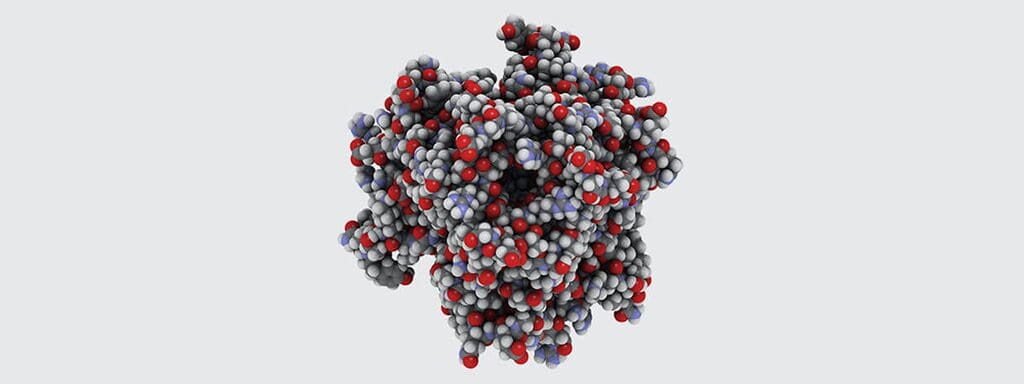
The organism undergoes thousands of biochemical reactions every moment to maintain our growth, development and energy metabolism. Under normal circumstances, these biochemical reactions proceed smoothly step by step through various cycles or certain steps.
The process by which the body changes carbohydrates, amino acids, and fats from nutrients to absorbable substances and wastes is called the “metabolic pathway”. In each stage of this process, different enzymes and coenzymes composed of amino acids, vitamins, minerals and other elements are needed to regulate the metabolic rate, together with the division of labor in the digestive system. In the metabolic pathway, if a single or several elements are missing or missing, the biochemical reactions will be interrupted or slowed down, and the acidic products of intermediate metabolism, organic acids, will be excreted into the urine.
Organic acids refer to a number of organic compounds that are acidic in nature. The most common organic acid is carboxylic acid (R-COOH), which derives its acidity from the carboxyl group (-COOH). Important carboxylic acids are halogenated acids, hydroxy acids, keto acids and amino acids. Some of these compounds are involved in the vital processes of plant and animal metabolism, some are intermediate products of metabolism, and some have significant biological activity to prevent and cure diseases.
Organic acids are intermediate products of metabolism. In human health they are also involved in the regulation of major energy production, detoxification, neurotransmitter catabolism and gut microbial activity. Organic acids can also be used as biomarkers for the prediction of disease processes, which can be used for subsequent treatment and prognosis. Accurate quantification of organic acids in human cancer and non-cancerous tissues provides a clearer understanding of the metabolic lesions involved in cancer pathogenesis.
Urine organic acid analysis provides information on the metabolism and intake of the three major nutrients, such as carbohydrates, amino acids and lipids, as well as the efficiency of cellular energy production, the balance of neurotransmitters, the body’s need for vitamins and minerals, the ability to detoxify, and the ecology of intestinal flora.
Methods of urinary organic acid analysis
Urinary organic acid analysis is most often performed by gas chromatography-mass spectrometry (GC-MS and GC-MS/MS) with high accuracy, specificity and sensitivity. The basic principle is to detect compounds both qualitatively and quantitatively by separating them by chromatography and analyzing them at a specific mass-to-charge ratio of the substance ions. Often multiple compounds can be detected in a single urinary organic acid analysis.
Compounds analyzed by GC-MS have inherent properties such as thermal stability and volatility. Polar and non-polar compounds require chemical derivatization to reduce the effect of polarity while increasing thermal stability and volatility.
Creative Proteomics provides organic acid analysis services for humans and animals to assist in understanding the metabolism and uptake of the three major nutrients, including carbohydrates, amino acids, and fats, as well as the efficiency of cellular energy production, the balance of neurotransmitters, the body’s vitamin and mineral requirements, detoxification capabilities, and gut flora ecology. In addition, we can also perform plant organic acid analysis to facilitate studies on plant stress and fruit quality.